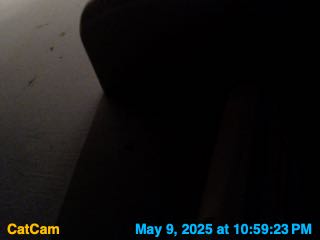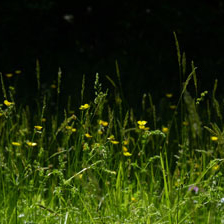Found this piece linked in the NYTimes and thought it was just a heart-warming and wonderful way to lay out some basic truths.
On a much grimmer and graphic note:
Earlier in the week I was listening to a piece on NPR about a well-known Vietnam-era photographer, Eddie Adams. I was struck by this bit:
there are films of that same execution. But Buell and Arnett both argue that the still photo had more of an impact.
“You can see the gun, you can see the expression on the man’s face as the bullet enters his head, and you see the soldier on the left who is wincing at the thing that has happened,” says Buell. “With the still picture, you have time to consider all these factors.”
There was a large BANG as this went off in my head* – OH OH OH – a still image allows you to look at the whole scene. One bit of it after another, to see how all the parts connect. Oh. You look at A then B, then consider how A is related to B, then move on to C and repeat. The extension of this: if there is only A…. you look and acknowledge and move on.
Capture a moment in time and let the eye and brain figure it out.
The other interesting part of this story was that Mr. Adams was puzzled about what people did with that photo.
In An Unlikely Weapon, Adams said he found the attention given to this photo disturbing: “I still don’t understand to this day why it was so important, because I have heard so many different versions of what this picture did, like it helped end the war in Vietnam.”
But that’s the age-old truth about art – the artist makes it and the viewer interprets it, regardless of what the artist intended or tells about it. We have to deal with that everytime we hold or hang something up and say “look at this, will ya?”
* ok, yes I am afraid I really did describe my reaction as a big BANG going off in my head so close on the heels of that photo description. Unintentional I assure you — maybe we should go with huge AHA moment and leave it at that…


